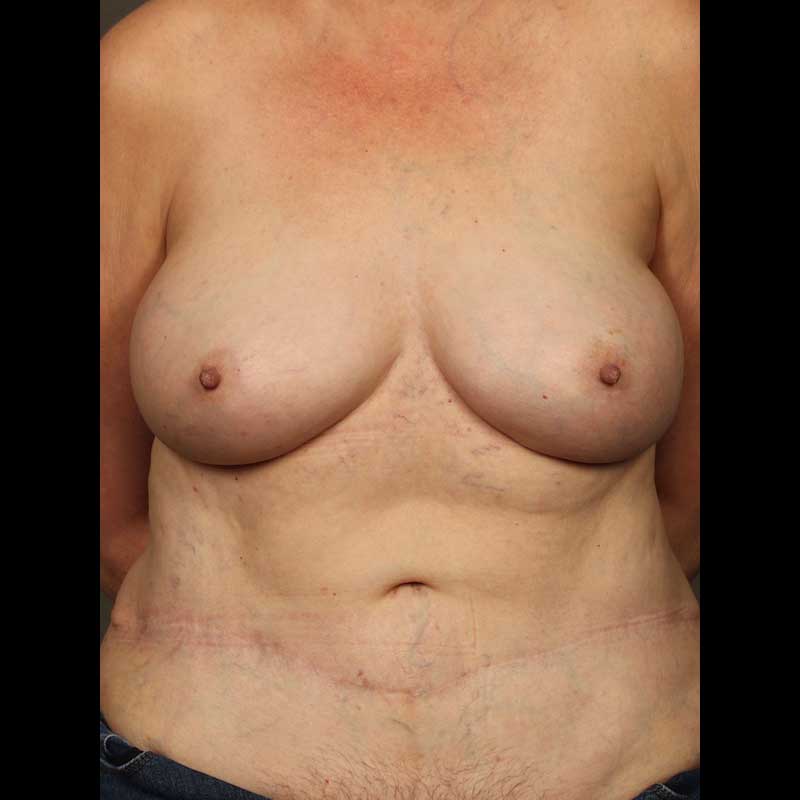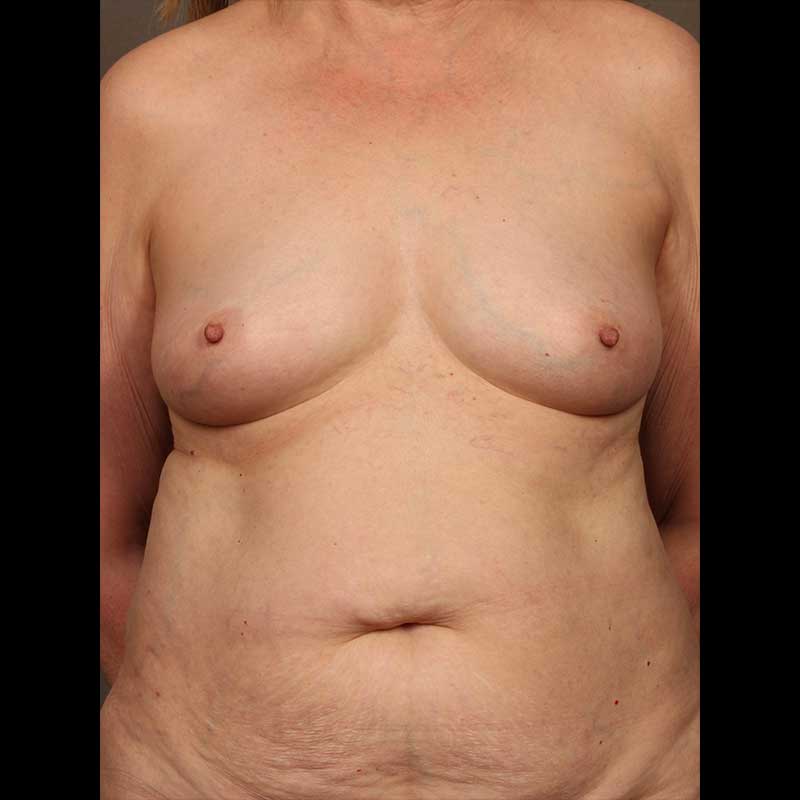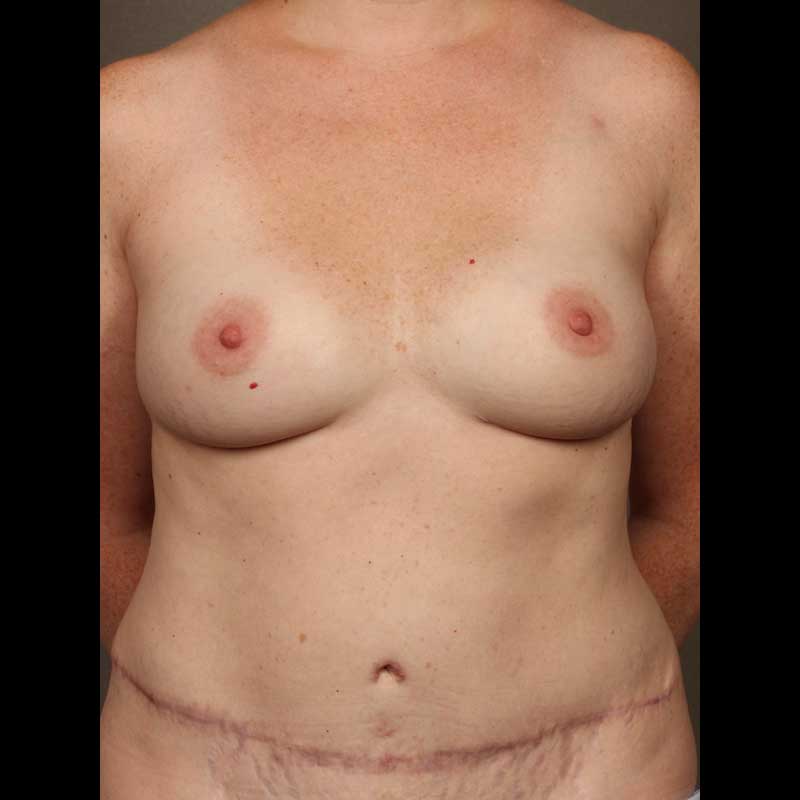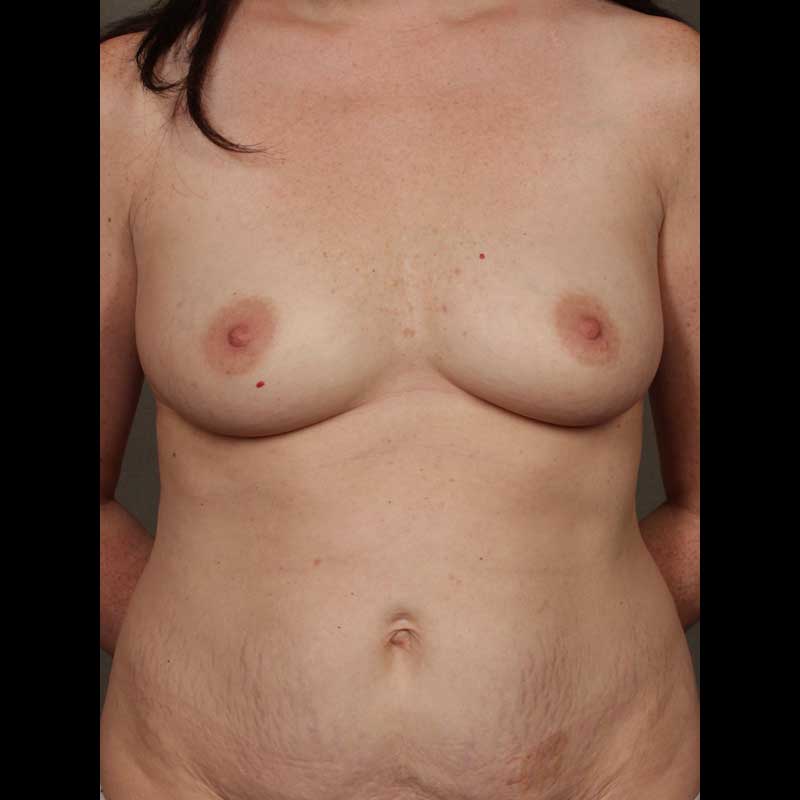Summary
A single flap provides sufficient volume to reconstruct a breast in most patients undergoing natural-tissue breast reconstruction. When additional volume is needed to achieve a proportionate breast size and shape, two flaps can be combined to reconstruct one breast. This can be done using the stacked flap breast reconstruction technique.
Stacked DIEP flaps (one DIEP flap from each side of the abdomen) provide an excellent option for the reconstruction of one breast. To reconstruct both breasts, DIEP flaps can be combined with other flaps in one procedure. Most commonly used in thinner women with full breasts, stacked flaps allow more tissue to be transferred than a single flap. Stacked flaps can provide a proportionate fuller volume natural-tissue breast reconstruction without the need for a breast implant.
Types of procedures
- Stacked DIEP flaps: Fat from both sides of the lower abdomen can be transferred to one breast as two independent flaps, each with their own blood supply.
- SHAEP flap: For reconstruction of both breasts, perforator flaps from the lower hip areas add additional volume to DIEP flaps from each side of the abdomen.
- Stacked DIEP and TUG/PAP flaps: For reconstruction of both breasts, inner thigh flaps can be combined with DIEP flaps.
Procedure details
- CT angiogram before surgery helps in planning the procedure
- With stacked DIEP flaps, skin and fat is used from both sides of the lower abdomen
- On both sides, perforator vessels providing the best blood supply are identified
- Careful technique preserves muscle during exposure of the perforator vessels that feed each flap
- Both flaps are transferred to the mastectomy defect; with the stacked DIEP flap, both sides of the abdomen provide ample tissue and robust blood supply to reconstruct one breast
- Microsurgical connection of blood vessels from the flaps to blood vessels in the chest reestablishes blood flow into the flaps
- After flap transfer, any incisions in the abdominal wall are repaired and the abdomen is closed much like a tummy tuck
Risks & Benefits
As with any microsurgical free flap procedure, stacked flap breast reconstruction carries a small risk of flap loss. Since stacked flap breast reconstruction procedures require sophisticated technique, the risk of problems very much depends on the level of experience of the surgeon. The surgeons at NYBRA Plastic Surgery are nationally recognized experts in advanced microvascular breast reconstructions, including stacked flap reconstructions, performing such reconstructions with a success rate of greater than 99%.
Frequently Asked Questions
How do I know if I am a good candidate for a stacked flap breast reconstruction?
Most women who prefer to use their own natural tissue for breast reconstruction have the option to do so, even if they have a thin body. The surgeons at NYBRA Plastic Surgery can evaluate you to see if you are a candidate for stacked flap breast reconstruction.
Even though I’m thin, I prefer to avoid implants and I only want to use the tissue from my abdomen. What are my options?
For the reconstruction of one breast, the stacked DIEP flap provides ample tissue from the abdomen with a robust blood supply. For the reconstruction of both breasts, the available options include SHAEP flaps.
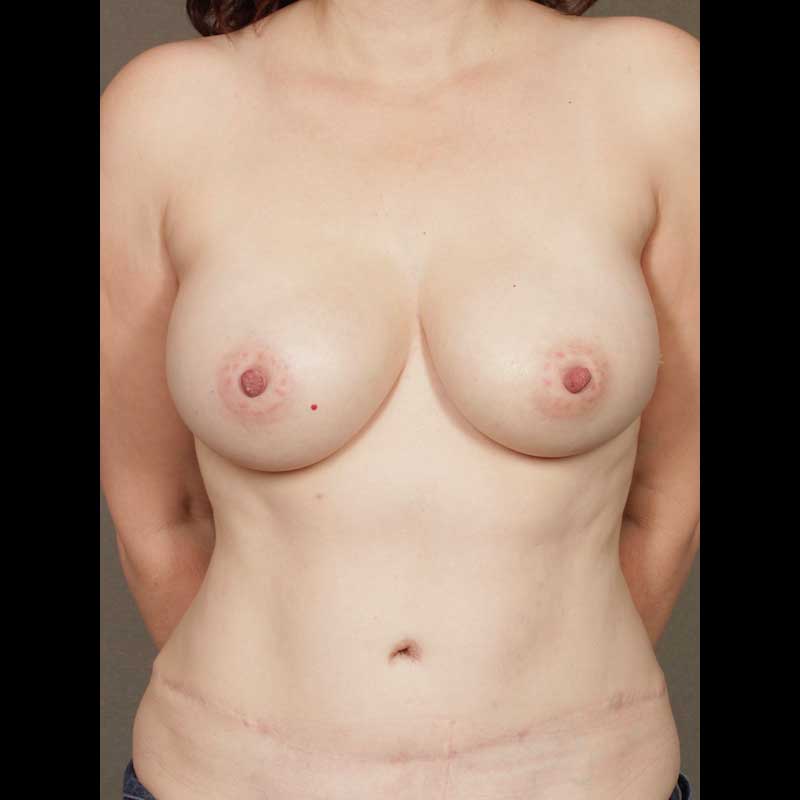
![Case 7 Color photo of ]Breast Reconstruction DIEP Flap](https://nybra.com/wp-content/uploads/2020/03/hn-pre-1-wbg.jpg)
